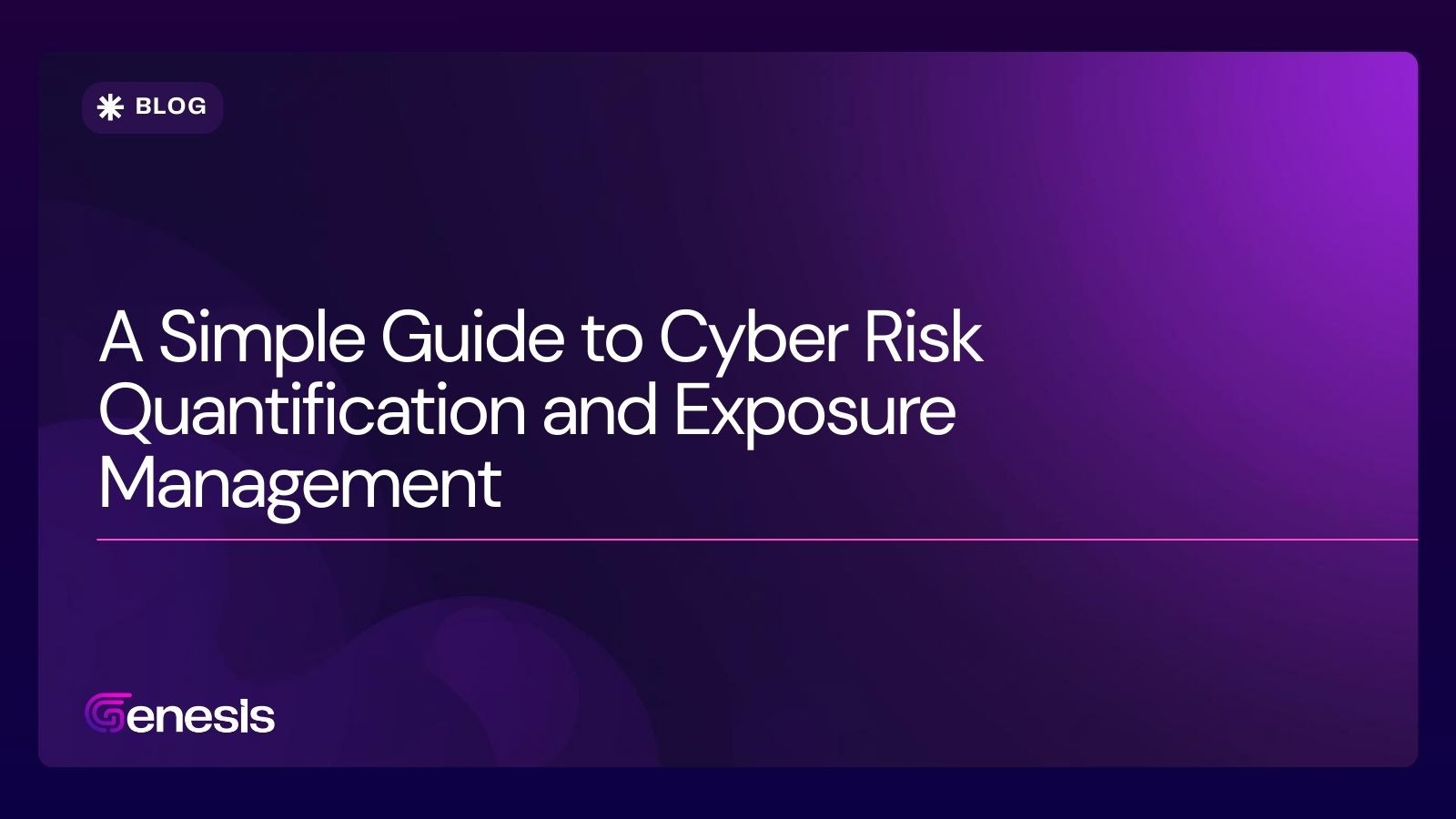Apr 7, 2023
Sohini Roy
Cyber risk quantification involves applying quantitative models to assess and measure cyber risks within an organization. It helps align business objectives with security strategies by assessing potential risks in business terms and allowing professionals to probabilistically model risks. A recent survey showed that 34% of organizations are using cyber risk quantification in their risk analysis efforts.
Why Cyber Risk Quantification is Needed:
As technology advances, cybersecurity has become a top priority for businesses. With increasing breaches and regulatory pressure, security professionals must communicate risks effectively to executives and the board. Cyber risk quantification helps bridge this gap by providing clear, data-driven insights into the potential risks and their impact on the business.
Benefits of Cyber Risk Quantification:
Cyber risk quantification offers several key advantages:
Helps allocate resources and budgets efficiently.
Prioritizes risks based on their severity.
Enhances communication and trust between security teams and leadership.
Tracks the effectiveness of cybersecurity programs.
Why Traditional Methods Are Not Enough:
Traditional methods for assessing cyber risks, which rely on qualitative scales like red-yellow-green, fall short of providing actionable insights. These methods often result in long lists of risks without clear prioritization. In contrast, cyber risk quantification allows organizations to speak in business terms, assess the adequacy of cyber insurance, and make informed budget decisions.
Conclusion:
Investing in cyber risk quantification enables organizations to enhance their cybersecurity maturity, build trust with stakeholders, and stay ahead of potential threats. It provides more precise, objective insights than traditional methods, supporting informed decision-making in the ever-evolving landscape of cyber risks.







